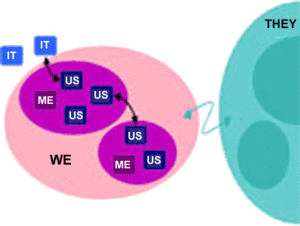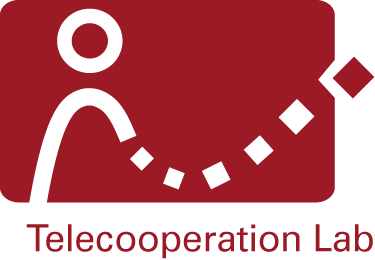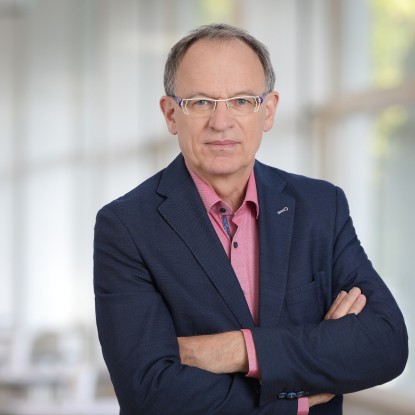
The radical improvements in computer cost-performance ratios and manufacturing technologies over the past 40 years transformed the early large “computing machines” into compact devices that enable, support, and organize our daily activities. The next step in this evolution is the move toward ubiquitous computing, in which computers will participate in the natural interactions with our environments, both physical and social. Ubiquitous Computing (UC) introduces a large variety of new computing devices, vastly different in terms of size, processor speed, memory capacity, and user interface. We observe that the number of computing devices per person is increasing (e.g., cellphones, PDAs, music players) and that embedded systems are increasingly equipped with communication interfaces (e.g., TV sets with streaming clients). However, UC does not build on any single of these devices – its real power emerges from the interaction of all of them.
The goal of the Mundo project is to provide universal models, concepts, architectures, and frameworks for a ubiquitous computing world. The Mundo Vertical Architecture classifies the devices found in UC according to their primary function and shows their relationships. It is centered around the user's personal device, called Minimal Entity (ME). The ME is a small wearable computer that represents the user in the digital world; it automatically performs authentication tasks, device group management, service discovery and coordination. Users can create their personal computing enviroments in a modular way by associating various other devices with the ME.
The Mundo Vertical Architecture has five different entities: ME, US, IT, WE, and THEY. In a number of subprojects, the possible interactions between these entities have been investigated. For example, the Talking Assistant is a prototype ME device and was built and evaluated together with the necessary infrastructure (THEY), which includes different local positioning systems. The Saeco Smart Coffee Maker uses the concept of association (US) and RFID tags (IT). The iClouds project investigates information sharing in ad-hoc groups (WE).
The Mundo Horizontal Architecture describes the software components needed to build ubiquitous computing systems. The communication middleware MundoCore was specifically designed for the requirements in mobile and ubiquitous systems. MundoCore has a modular design, supports dynamic reconfiguration, and integrates three major programming paradigms: Distributed Object Computing, Publish/Subscribe, and streaming. On top of the communication middleware, a large number of common services, e.g., application server, context server, workflow engine, service discovery and orchestration, and tools have been developed. Finally, ubiquitous user interfaces are investigated in three subprojects, focusing on Multimodal UIs, Federated UIs, and Voice-only UIs.
Funding
The Mundo project itself is an internal “umbrella” project within the Telecooperation Group. Many subprojects have external funding.
Former Project Members
- Dr. Erwin Aitenbichler
- Gerhard Austaller
- Andreas Hartl
- Andreas Heinemann
- Fernando Lyardet
Contact
- Prof. Dr. Max Mühlhäuser
- Dr. Aristotelis Hadjakos



